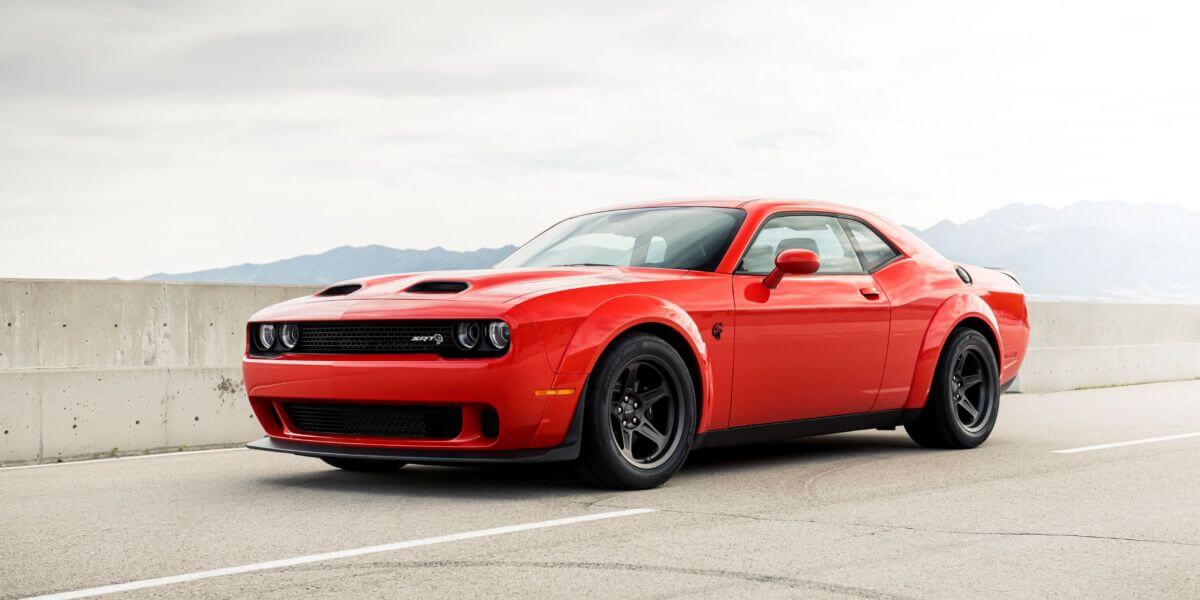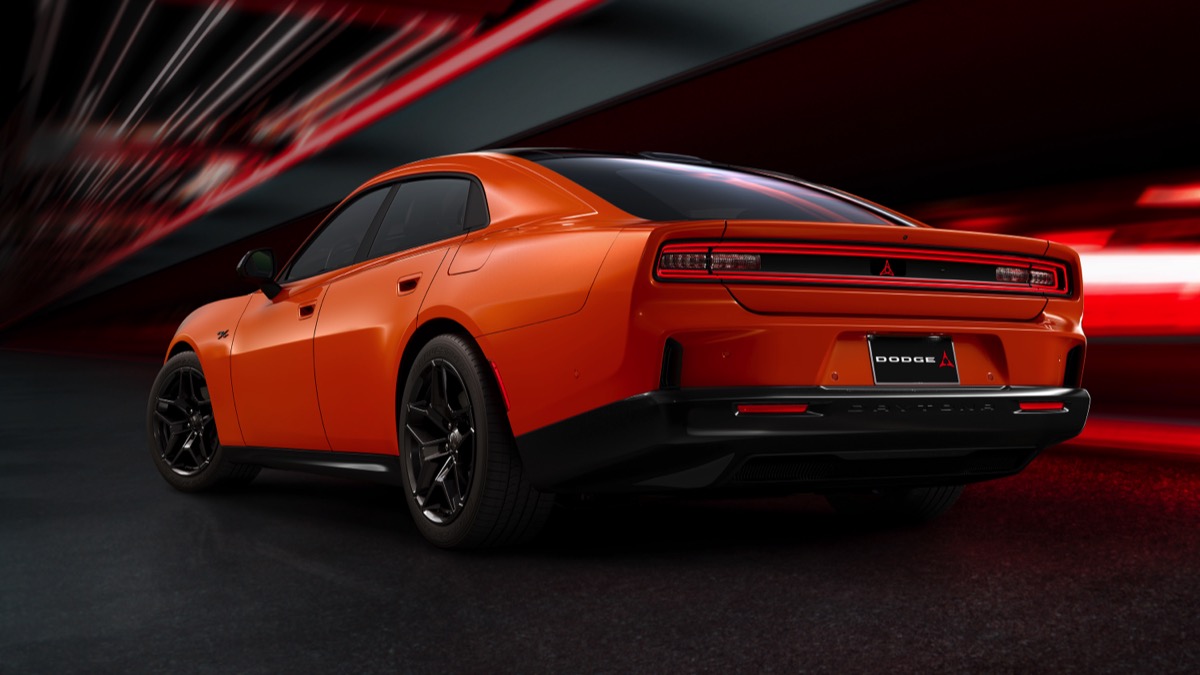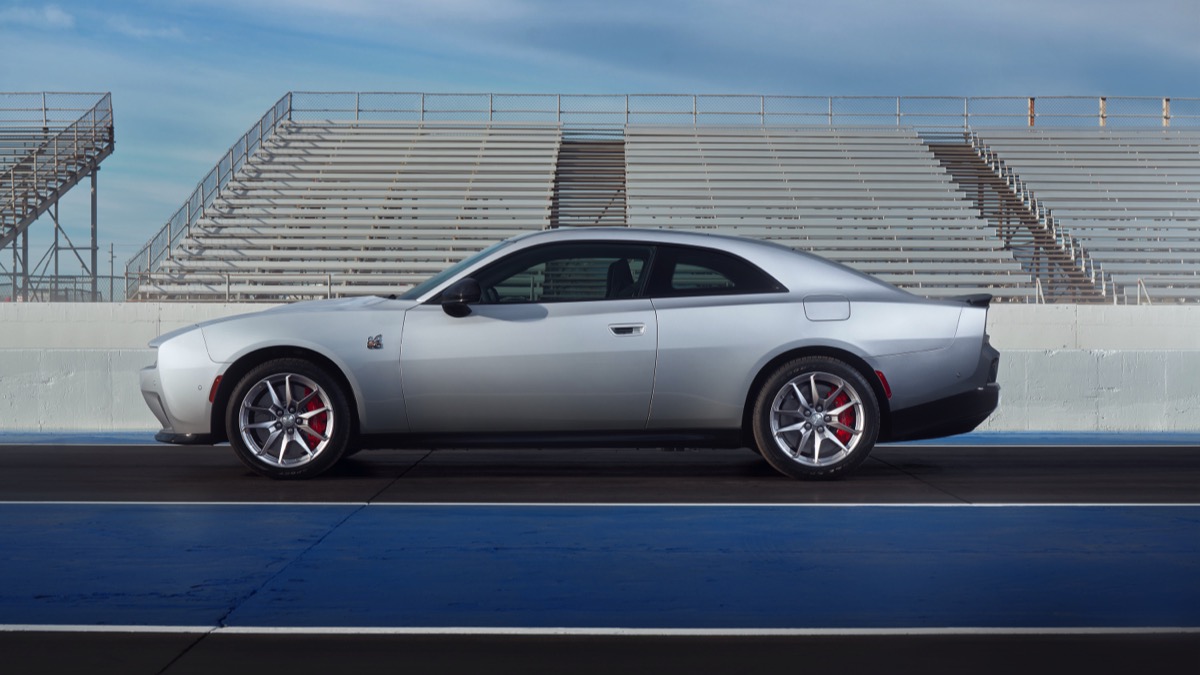The Challenger nameplate is dead, at least for now.
Indeed, Dodge’s recent announcement has left muscle car enthusiasts in a whirl of nostalgia and speculation. The iconic Challenger, a car representing American muscle since the early 1970s, will not be making a comeback soon, as confirmed by Dodge CEO Tim Kuniskis. Instead, the brand shifts towards the newly unveiled Charger Daytona, blending the past and future with electric and internal combustion engines under one legendary nameplate.
For years, the Dodge lineup boasted the Challenger as its two-door powerhouse, alongside the four-door Charger, each carving its own unique paths in the muscle car realm. The Challenger, with its retro charm and formidable performance, has been a staple in the Dodge family, resonating deeply with car enthusiasts and dominating sales charts. Yet, as we enter the age of electrification, Dodge has decided to shelve the Challenger nameplate, stirring mixed emotions among the brand’s loyal followers.

Kuniskis’ announcement came during the Charger Daytona’s debut, emphasizing the strategic decision to consolidate the muscle car identity under the Charger name. This move aims to hedge against the industry’s uncertainties, ensuring Dodge remains at the forefront of innovation and design. The Charger Daytona, set to electrify the market with its coupe and sedan variants, embodies the essence of muscle car spirit while embracing the shift towards electric mobility.
The decision to forgo the Challenger’s return, at least for now, speaks volumes about Dodge’s direction and its commitment to adapting to a changing automotive landscape. With its two- and four-door configurations, the new Charger lineup offers a modern twist on the classic muscle car ethos, bridging traditional performance and future technologies. The upcoming Sixpack models, powered by Stellantis’ Hurricane twin-turbo 3.0-liter inline-6 engine, promise to deliver exhilarating performance, ensuring the muscle car thrill lives on even without the V-8 roar.
Despite the Challenger’s hiatus, Dodge ensures the muscle car legacy continues through the Charger, now redefined for a new era. While the Charger Daytona embraces electric power, the Sixpack variants cater to those yearning for the visceral experience of internal combustion. This dual approach reflects Dodge’s innovative spirit, proving that muscle cars can evolve without losing their soul.

As the automotive world watches closely, the question of what lies ahead for the Challenger name remains. Kuniskis’ remarks hint at the possibility of its revival, albeit in an undefined future. The Challenger’s rich heritage and significant contribution to Dodge’s success suggest that its story may not be over just yet. For now, fans can find solace in the Charger Daytona’s promise of performance and nostalgia, a fitting tribute to the muscle car legacy.
While the Challenger steps back, the Dodge Charger steps into the spotlight, ready to redefine muscle car culture. With its groundbreaking approach to performance and design, Dodge proves that even legends can adapt, ensuring the muscle car spirit burns brighter than ever in the age of electrification.








